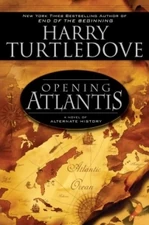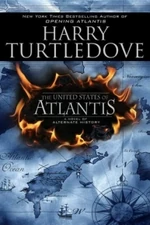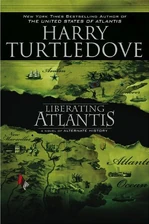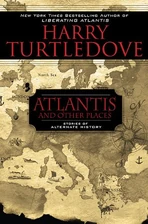| ||||||||||||||||||||||||||||||||||||||||||||
William Howe, 5th Viscount Howe, KB, PC (10 August 1729 – 12 July 1814) was a British General who was Commander-in-Chief of British forces during the American Revolutionary War.
Howe's record in the war was marked by the costly victorious assault on Breed's Hill known as the Battle of Bunker Hill and the successful capture of both New York City and Philadelphia. However, the near-disaster of the Battle of Germantown, and Howe's failure to support General John Burgoyne's invasion from Canada (which saw Burgoyne's defeat at Saratoga) reduced Howe's standing considerably. He resigned in 1778.
William Howe in Atlantis[]
William Howe (1729-1776) was the chief British general in Atlantis in the first years of the Atlantean War of Independence.
Initially, Howe met with substantial military success on the battlefield, besting his Atlantean counterpart, Victor Radcliff, at the battles of Weymouth and Bredestown, although Radcliff had fought the second battle with the expectation of defeat. After Bredestown, however, Howe fully appreciated the level of committment of the Atlanteans, as they inflicted substanital casualties on his troops, casualties which were far more costly than he could afford. He shared these concerns in a letter to one of his colleagues, which was intercepted by Atlanteans.
Howe eventually made his way into New Hastings, the Atlantean capital, some weeks after Bredestown fell. He was slowed by torrential rains, which eventually flooded the Brede, and turned the roads into mud. The rains continued for weeks. When they did end, Howe began an advance, which was promptly halted by the mud. Only after the mud dried out was Howe able to drive on New Hastings in earnest, successfully pushing Radcliff out. The Atlantean Assembly had also evacuated before Howe's arrival.
In the second year of the war, Howe launched an incursion into French Atlantis.[1] This decision proved a crucial diplomatic error, as it prompted the Atlantean Assembly to send Custis Cawthorne to France and secure support for the revolution.[2] Racliff pursued Howe, resecuring Bredestown and Freetown as he did.[3] Howe landed at Cosquer, and then marched north. Howe quickly blundered into Radcliff's trap at Grigsby's Field,[4] where he was among those killed.[5] He was replaced by his subordinate, Charles Cornwallis, who earlier that battle was observed by Radcliff to be warning Howe of some thing or another, possibly the folly of Howe's plan.[6]
References[]
| ||||||||||||||||||||||||||||




